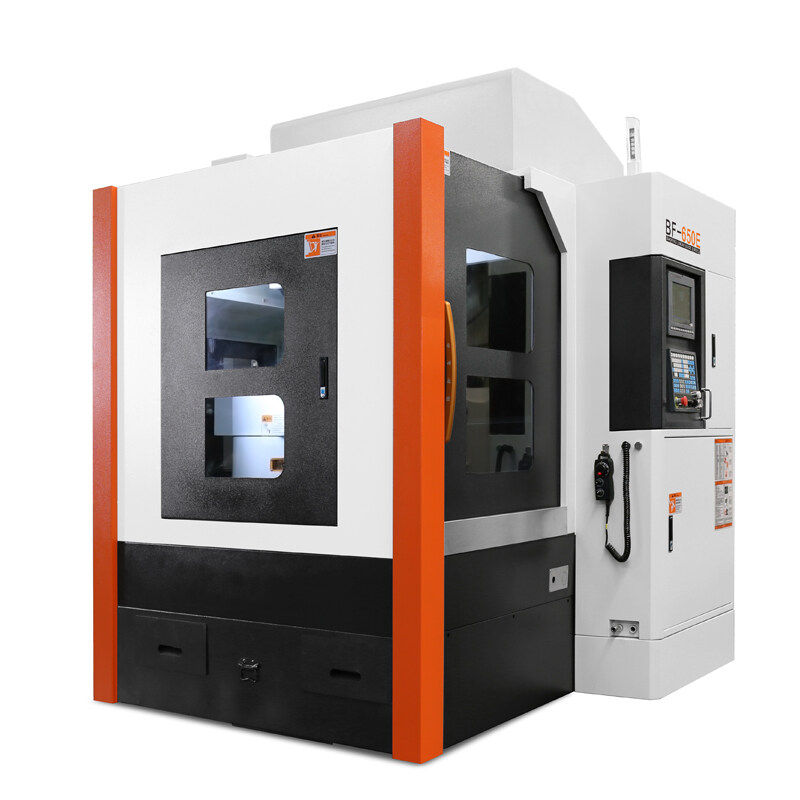Kesalahan format email
emailCannotEmpty
emailDoesExist
pwdLetterLimtTip
inconsistentPwd
pwdLetterLimtTip
inconsistentPwd

Berita
Introduction to CNC Lathe
Specification of coordinate system and moving direction of lathe
- Always assume that the workpiece is stationary and the tool moves relative to the workpiece.
- The right-hand Cartesian coordinate system is adopted as the coordinate system. As shown in the figure, the thumb is in the positive direction of the X axis, the index finger is in the positive direction of the Y axis, and the middle finger is in the positive direction of the Z axis. On the basis of determining the X, y and Z coordinates, according to the right-hand screw rule, the directions of the three rotation coordinates a, B and C can be easily determined.
- The movement of the specified Z coordinate is determined by the spindle that transmits the cutting power. The coordinate axis parallel to the spindle axis is the Z axis, and the X axis is horizontal, parallel to the workpiece clamping surface and perpendicular to the Z axis.
- It is specified that the direction of the tool away from the workpiece is the positive direction of the coordinate axis.
When the lathe is a front tool rest, the x-axis is forward and points to the operator. When the lathe is a rear tool rest, the x-axis is facing backward and away from the operator.

Lathe coordinate system
The lathe coordinate system is a zox axis rectangular coordinate system established with the lathe origin as the origin of the coordinate system.
- Machine tool origin
The origin of the machine tool (also known as the mechanical origin) is the origin of the lathe coordinate system. It is a fixed point on the lathe. Its position is determined by the lathe design and manufacturing unit. It is generally not allowed to be changed by the user.
- Lathe reference point
The lathe reference point is also a fixed point on the lathe. It is the limit position to limit the movement of the tool rest with mechanical blocks or electrical devices. The function of the lathe reference point is to position the lathe coordinate system. Because the system sets the current position to (0, 0) no matter where the tool rest stays after each startup, which will lead to inconsistent benchmarks. After starting the CNC lathe, it is first necessary to return to the reference point (also known as zero point). After the lathe is powered on and before returning to the reference point, the coordinate values of Z and X displayed on the CRT are 0, regardless of the position of the tool rest. Only after the operation of returning to the reference point is completed, the tool rest moves to the lathe reference point. At this time, the CRT displays the coordinate value of the tool rest reference point in the lathe coordinate system, that is, the lathe coordinate system is established.
Workpiece coordinate system
The workpiece can be clamped at any position in the lathe coordinate system by the chuck during NC lathe machining. This makes programming in the lathe coordinate system very inconvenient. Therefore, programmers usually choose a workpiece coordinate system, also known as the programming coordinate system, when writing the part processing program. The coordinate values in the program are based on the workpiece coordinate system.
The origin of the workpiece coordinate system can be determined by the programmer according to the specific situation, and is generally set at the design reference or process reference of the drawing. According to the characteristics of CNC lathe, the origin of workpiece coordinate system is usually set at the center of the left and right end faces of workpiece or the center of the front end face of chuck.
Make a purchase of desktop cnc lathe, used cnc lathe, benchtop cnc lathe from China, you can get them at a good price if you have a large quantity. We hope to be your long-term partner.

